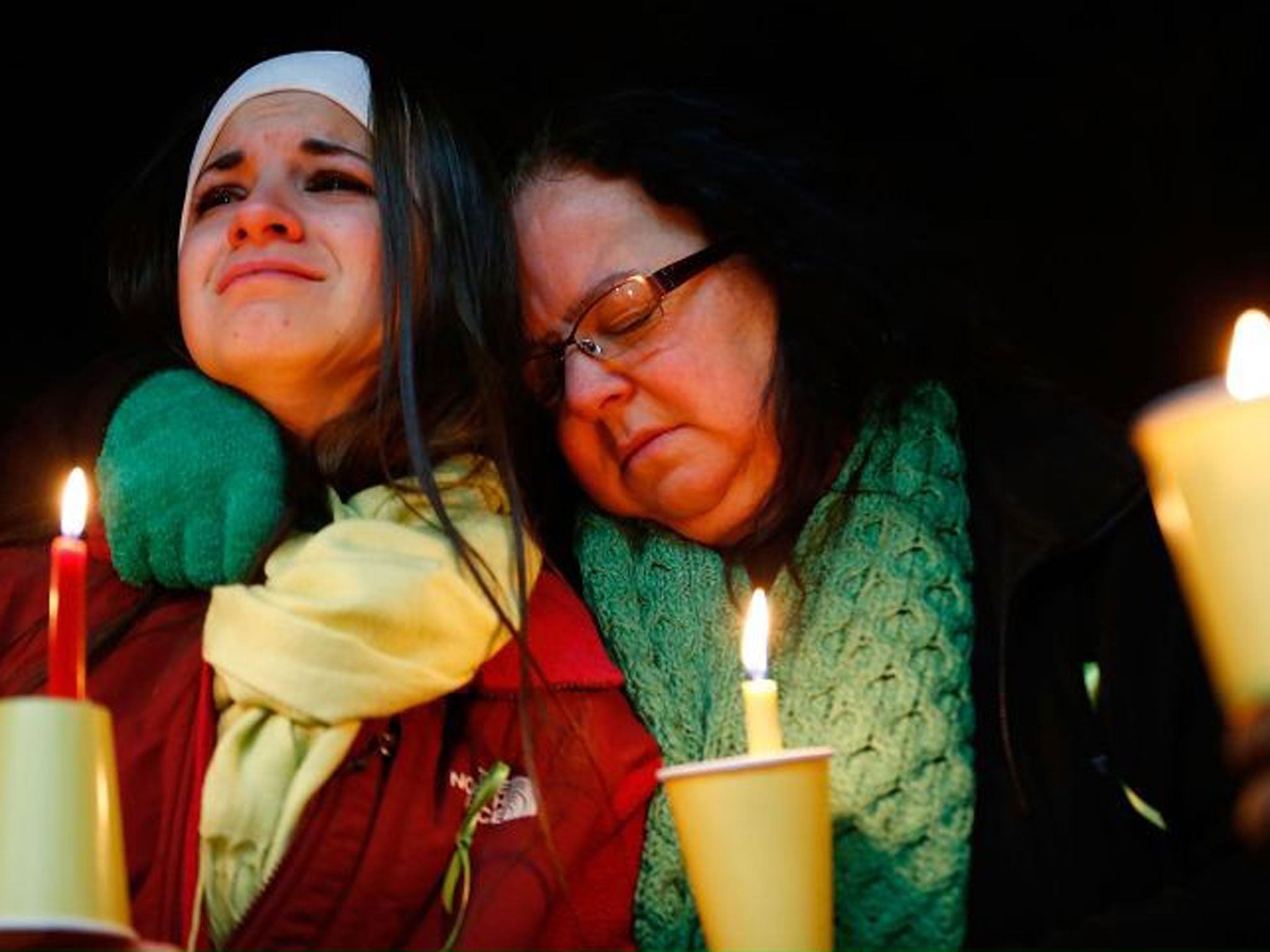What it feels like to witness a tragedy: The photographer who captured grief after Sandy Hook and Columbine tells his story

Your support helps us to tell the story
From reproductive rights to climate change to Big Tech, The Independent is on the ground when the story is developing. Whether it's investigating the financials of Elon Musk's pro-Trump PAC or producing our latest documentary, 'The A Word', which shines a light on the American women fighting for reproductive rights, we know how important it is to parse out the facts from the messaging.
At such a critical moment in US history, we need reporters on the ground. Your donation allows us to keep sending journalists to speak to both sides of the story.
The Independent is trusted by Americans across the entire political spectrum. And unlike many other quality news outlets, we choose not to lock Americans out of our reporting and analysis with paywalls. We believe quality journalism should be available to everyone, paid for by those who can afford it.
Your support makes all the difference.Anyone who saw the recent documentary about acclaimed war photographer Don McCullin will know that documenting human suffering can have a profound psychological impact on the photographer.
This is also the case for Panama native Essdras Suarez, whose work as a staff photographer for publications including Rocky Mountain News and The Boston Globe has brought him into close contact with the victims of recent tragedy. In this article for the Atlantic, Suarez tells Tom Haines about his experiences, providing insight into how both the media and individuals respond to horror as incomprehensible as a school shotting.
"I asked Essdras why it is important for photojournalists to capture such scenes," writes Haines "He gave a personal answer. 'I am trying to document real suffering, real grief, because it is part of life,' Essdras said. 'In order to stay true, that's what you do.'"
It also includes this interesting admission: "What if he had to photography Columbine all over again? 'I might not have taken a lot of those shots that I took, ' Essdras said."
Join our commenting forum
Join thought-provoking conversations, follow other Independent readers and see their replies
Comments